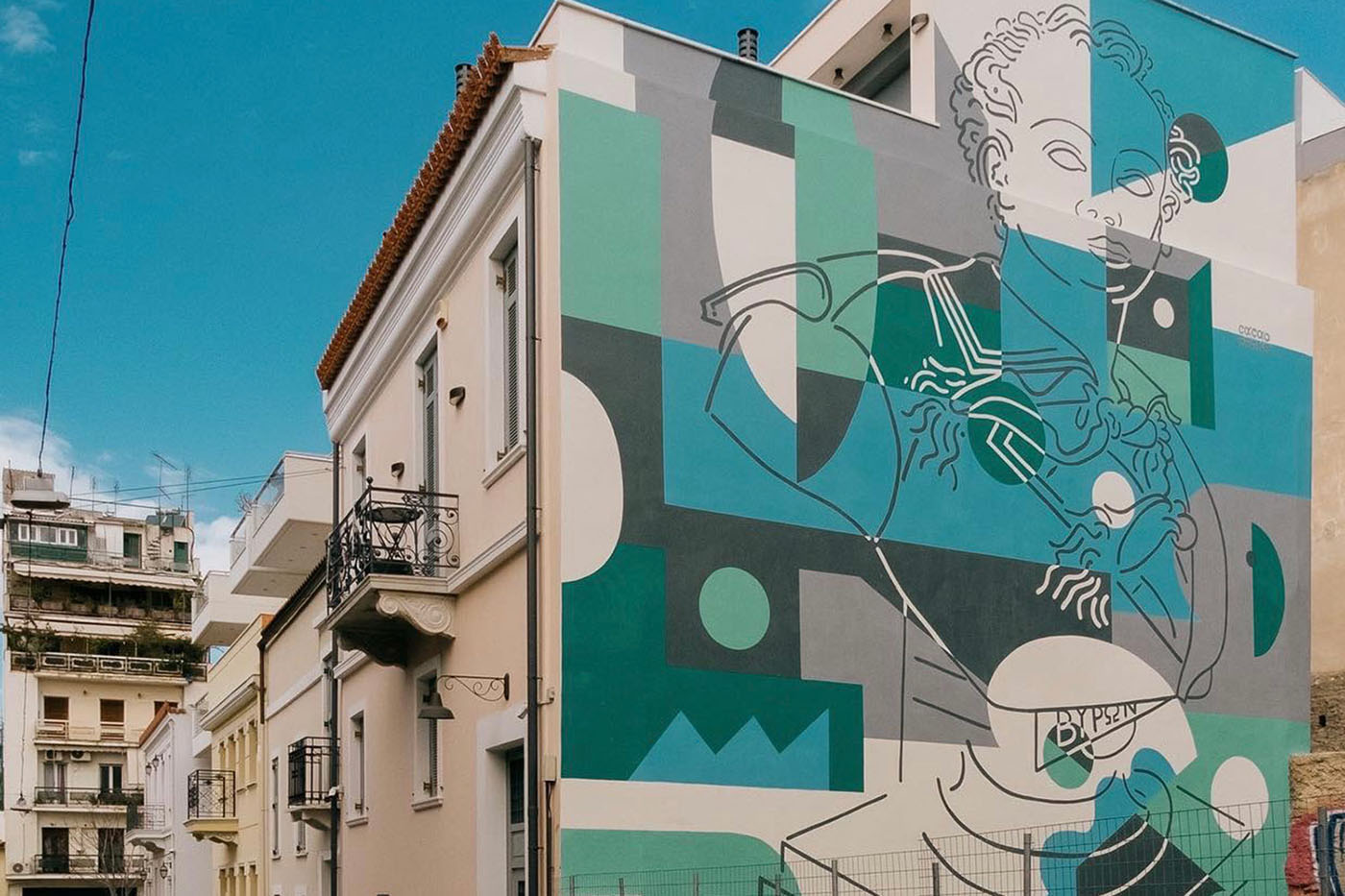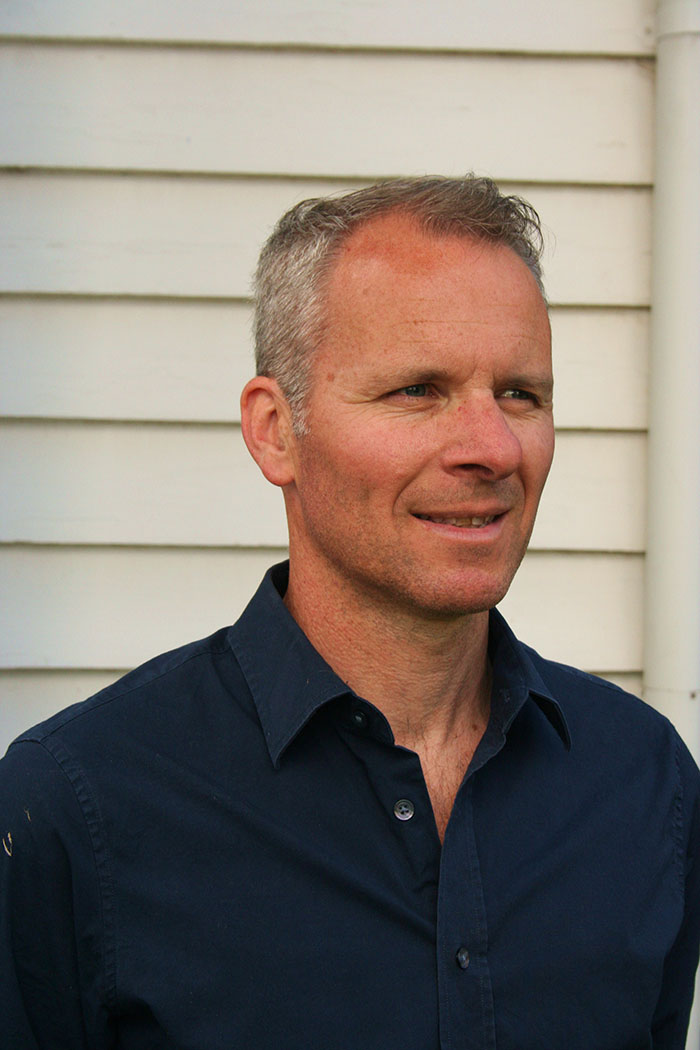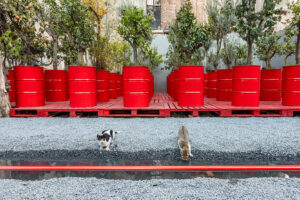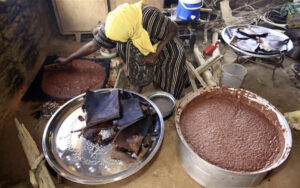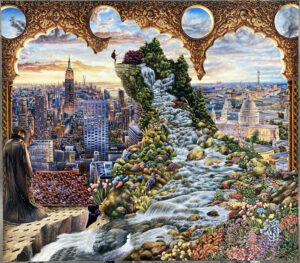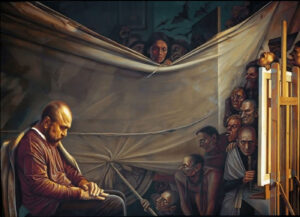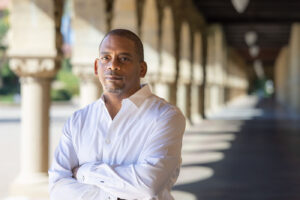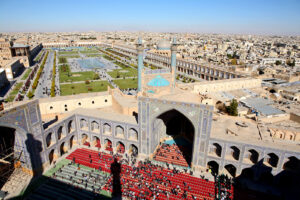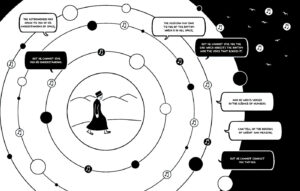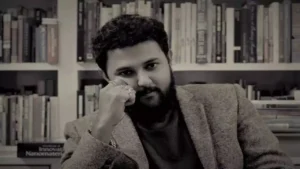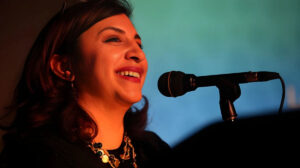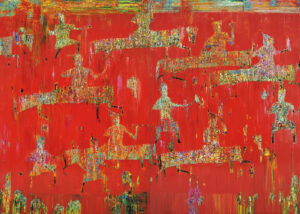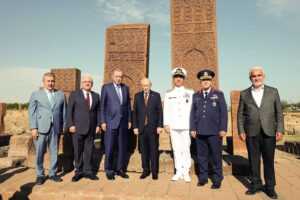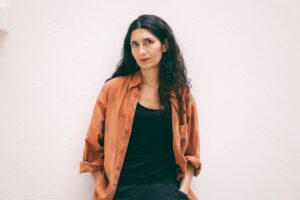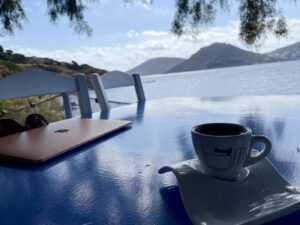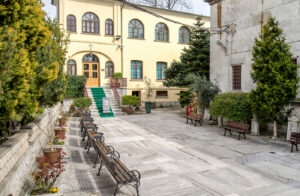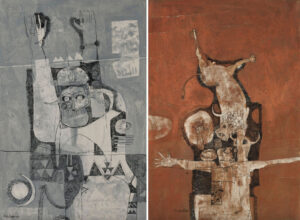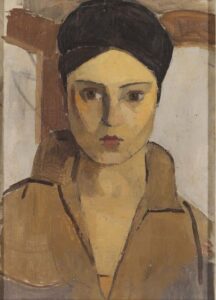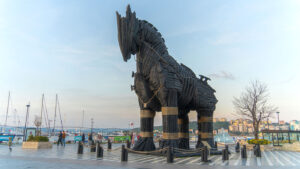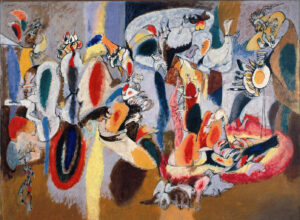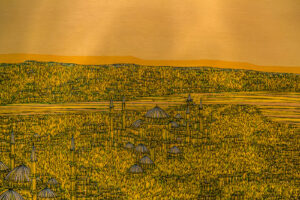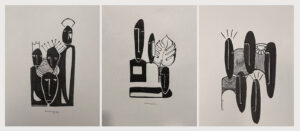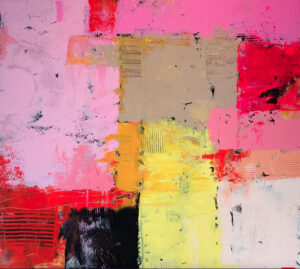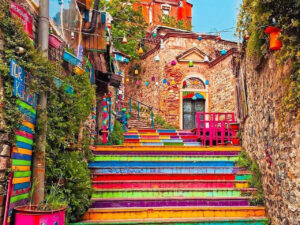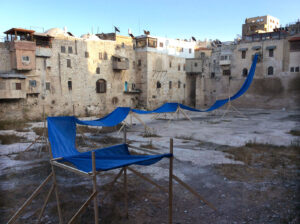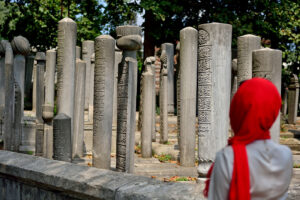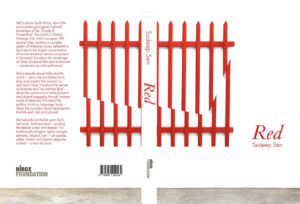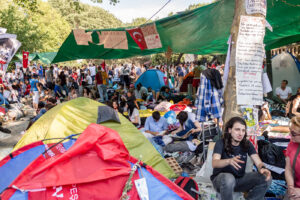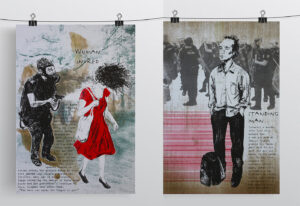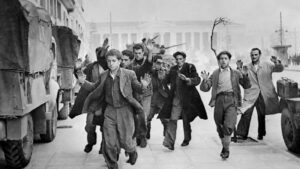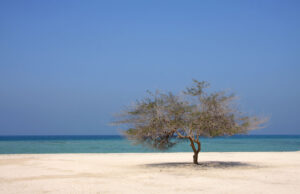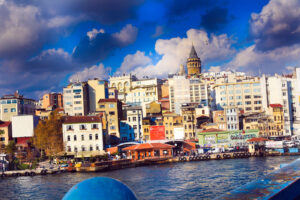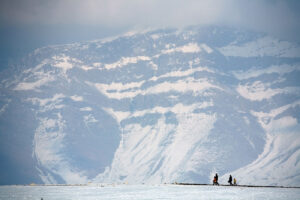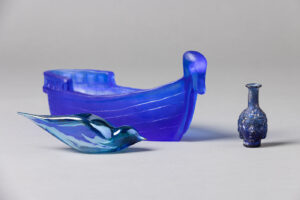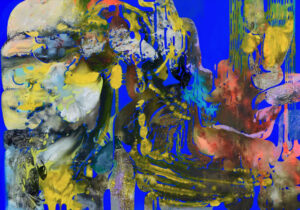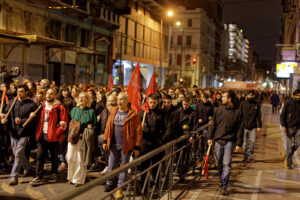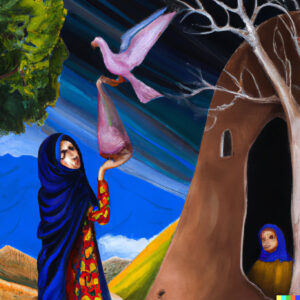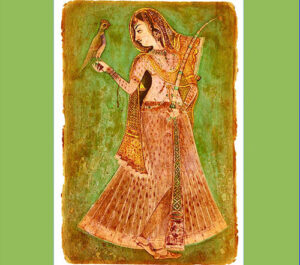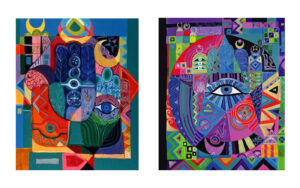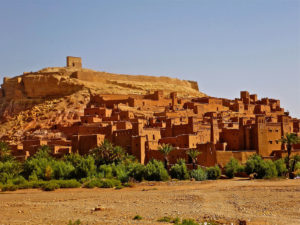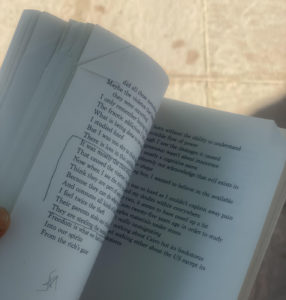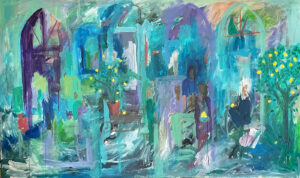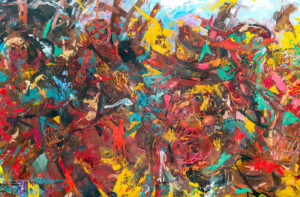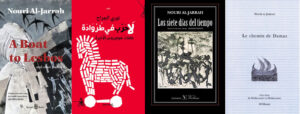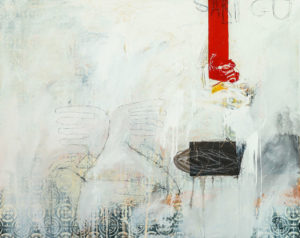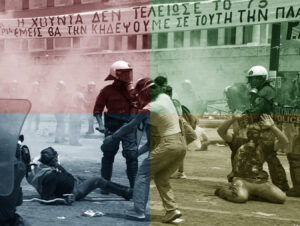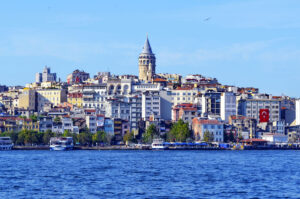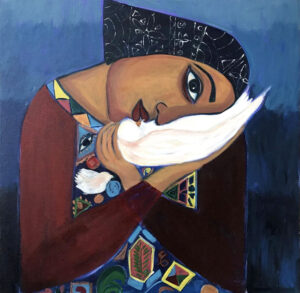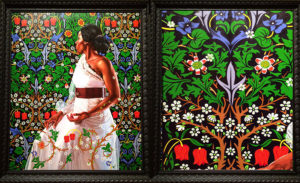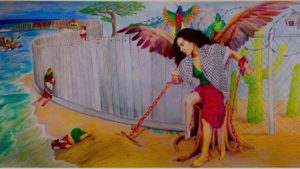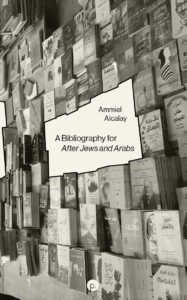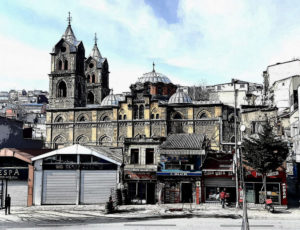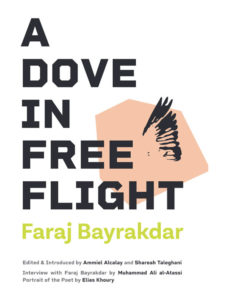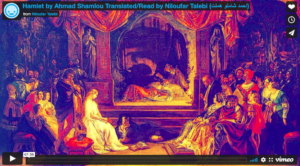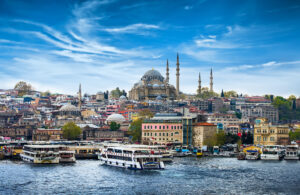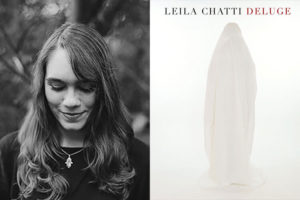“Mad, bad and dangerous-to-know,” Lord Byron created the concept of celebrity and, with his poetry, brought the color and costumes, manners and mores of the Ottoman world to European audiences.
William Gourlay
Some 200 years ago, a poet died of a fever in Missolonghi, a little-known Greek town, then besieged by the Turks. The passing of a poet nowadays may attract little attention, but the news of this death in April 1824 created shockwaves. The poet in question was George Gordon Byron — better known as Lord Byron — a central figure in the Romantic movement, inveterate traveler, philanderer and libertine, and commonly named among the greatest of British poets.
Dying at only 36, Byron had a reputation as “mad, bad and dangerous to know,” having catapulted to stardom in in his early twenties and remaining in the public eye — not always in a favorable light — thereafter. Yet, fame had not guaranteed an easy life. He found himself at odds with the strictures of conservative England and he left for the European mainland in 1816, never to return. Indeed, Byron was nothing if not conflicted: an aristocrat who considered himself an outsider, a Briton who admired Napoleon, a peer in the House of Lords who spoke out for the downtrodden, a bon vivant prone to dark moods, a Philhellene who was enamored of Turks.
A poet Byron may have been, but the acclaim he won and the life he lived were akin to that of a rock star. After several moderately successful poetry collections, he stepped into the spotlight in 1812, seemingly a fully formed icon, with the publication of the first installment of his long-form narrative verse Childe Harold’s Pilgrimage, detailing the adventures of a disillusioned youth in the Mediterranean and Ottoman-ruled Greece and Turkey.
In her comprehensive biography of Byron’s life and legend, Fiona McCarthy notes that, following the feverish public reaction to Childe Harold, Byron exclaimed, “I awoke one morning and found myself famous.” But this surprise was disingenuousness. His stardom was carefully nurtured. McCarthy relates one of Byron’s female acquaintances stating he had, “so unquenchable a thirst for celebrity, that no means were left untried that he might attain it… There was no sort of celebrity he did not… condescend to seek.” Historian Roderick Beaton argues that Byron “single-handedly invented the modern cult of celebrity.” This, however, was to be a double-edged sword. Fame brought adoration but also often-unwelcome prying into his, admittedly tumultuous, private life.
Central to Byron’s appeal was that he wrote himself into his poems. His stand-out long-form narrative poems Childe Harold’s Pilgrimage and the later Don Juan are ebullient tales of derring-do in foreign locales, but what captured the English-speaking public’s imagination was that the tales were threaded with his own experiences, moral quandaries and contemplations of his foibles. One recent review argues that Byron is as much loved for his poetry as for the heroes of his poetry, heroes who were thinly veiled versions of Byron himself. This lent an air of authenticity to the exploits that provided the narrative momentum of his verse. Byron once claimed of his poetry, “Could any man have written it — who has not lived in the world?”
His amalgam of poetic innovation and personal revelation had enormous appeal. Yet Byron had to tread a line between revealing all and retaining something of himself. Andrew Stauffer highlights that, with such a “confessional style,” Byron “seemed to be always sharing too much, and yet never enough.” Amid the maelstrom of his celebrity, gossip and speculation swirled around him. Stauffer notes that Byron was accused of “blasphemy, adultery, sodomy, incest, and madness,” accusations that were not entirely baseless. Former Archbishop of Canterbury Rowan Williams recently commented that, by evoking a “glamorous aura of… transgressive behaviour,” such controversies contributed to his fame but Byron was, ultimately, a “sexual predator and sexual abuser.”
What set Byron apart from these latter-day examples is that, in addition to raising his voice, he committed himself physically to a particular cause: the Greek struggle for independence from Ottoman rule.
Perhaps Byron is only forgiven his behavior because of the quality and volume of his work. Poet David Mason notes that his creative output from “his thirty-six hyperactive years” was “prodigious.” This started with Hours of Idleness, published at age 19. Byron asserted by this point that he had read four thousand novels, among them the works of Cervantes, Rabelais and Rousseau, and, as McCarthy notes, he bragged that, “few nations exist or have existed with whose records I am not in some degree acquainted, from Herodotus down to Gibbon.” As well as a voracious reader, Byron also deemed himself a “mighty scribbler.” From a young age writing became a discipline, apparent in his exceptional output, which continued unabated until his death, and after: two volumes of his letters and journals were published posthumously. Germaine Greer sings his praises, noting his versatility composing “in every conceivable metre: iambs and anapaests, blank verse, hudibrastics and heroic couplets, terzains, quatrains, sixains, rime royal, spenserians and ottava rima.” Overlooking his questionable antics, she labels him “first and foremost a poet.” Goethe quipped that he had both good and bad qualities, but that his talent was “incommensurable.”
Modern audiences may be surprised that a poet should become such a celebrity. Perhaps it is only in Iran that poets are so revered. But, considering the creative arts more broadly, we might highlight similarities between Byron’s trajectory and that of the Beatles. In each case, they achieved international stardom by expanding the boundaries of their chosen artforms through a polyglot approach to diverse stimuli that spurred new and startling creations, while also demonstrating a knack for self-promotion using all available means and media. There are also parallels between Byron and Bob Dylan. Just as Dylan in his early years was considered a member of the Beat generation, Byron was a key figure among the Romantics, yet, through prolific and diverse outputs and breaking of artistic ground, both outshone their contemporaries. Appropriately, Dylan admired Byron. He once gave a book of Byron’s poems to a girlfriend, signing it “Lord Byron Dylan,” and in a 1985 interview with Time, he listed Byron among his favorite poets.
Like Dylan and others, Byron also critiqued contemporary society and its hierarchies and inequalities. This might seem odd for a hereditary peer installed in the House of Lords, but as academic Caroline Franklin highlights, Byron’s politics were always distinctly nonconformist. He was inspired by the ideals of the French Revolution. Raised as a Scottish Presbyterian, he identified with marginalized communities. The 1798 Irish rebellion against the British is said to have caught his imagination, and in 1812, making his maiden parliamentary speech he spoke in defense of disadvantaged workers. To some degree he set the precedent for the modern activist-celebrity: from George Harrison’s support for Bangladesh, to Band Aid and Angelina Jolie advocating for Syrian refugees.
What set Byron apart from these latter-day examples is that, in addition to raising his voice, he committed himself physically to a particular cause: the Greek struggle for independence from Ottoman rule. Studying Classics at school, Byron had developed a fascination with Greece. He was swept up with the Philhellenes, who hailed Greece as the foundation of European civilization. It was his friend Percy Shelley who issued the rallying cry, “We are all Greeks,” in the narrative poem “Hellas.”
Byron threw himself into the Greek struggle with characteristic energy, arriving in Kefallonia in late 1823 and later moving to Missolonghi, where he planned attacks on Ottoman forces and reconciled feuding Greek factions. He also splashed a lot of his own money, refurbishing Greek warships, paying arrears owed to disgruntled Souliote warriors and even selling his own English estate and gifting the funds to the revolution. Fever claimed Byron before the Greeks won independence, but historian Roderick Beaton credits him with shepherding the previously disunited Greek leadership on to a path towards a “western-style nation-state.” Greeks have revered him ever since. A suburb of Athens is named in his honor, his passing is commemorated annually and Greek national poet Dionysios Solomos immortalized him in his Ode to the Death of Lord Byron.
Romantic poets often drew on Arabic and Persian literary sources. Works such as The Arabian Nights and the world that it conjured, provided “an inexhaustible treasure-house of the esoteric, the mystical, the exotic and the superhuman.” Byron, too, was well-versed in such literature, extolling the virtues of Persian poets Sa’di, Ferdausi and Hafiz, while also declaring that Nezami Ganjavi’s “Layli and Majnun” was “the Romeo and Juliet of the East.”
Some contend that Byron’s death in Greece stoked the fires of anti-Turkish feeling in Europe. Byron’s close association with Greece might suggest he harbored an antipathy towards Turkey, but this was not true. On the contrary, Fiona McCarthy notes that he responded to the Turks with “intelligent curiosity.” Andrew Stauffer observes that Byron claimed Richard Knolle’s History of the Turks as “one of the first books that gave me pleasure when a child,” creating an abiding fascination with the Ottomans.
Spending several months in Athens from late 1810, Byron delighted in being in the center of Ancient Greece, but he seemed to most enjoy the company of Turks, and other Muslims. In his household he was accompanied by “a bandy-legged Turkish cook, two Albanian savages, a Tartar, and a Dragoman [translator].” In a letter he told of, “The Waywode (or Governor of Athens) with the Mufti of Thebes (a sort of Mussulman Bishop)” visiting him, “and ma[king] themselves beastly drunk with raw Rum.” In another letter he described a Turkish agha as, “a bon vivant, and as social a being as ever sat cross-legged at a table.” And in his addendum to Childe Harold, he wrote at length of his, generally favorable, impressions of the Turks, stating, “they are not treacherous, they are not cowardly, they do not burn heretics… They are faithful to their sultan… and devout to their God without an inquisition.” In summary, he declared, characteristically cheekily, “I see not much difference between ourselves & the Turks, save that we have foreskins and they none, that they have long dresses and we short.”
Although, while in the Ottoman domain, he was visiting the landscapes of Classical Antiquity, sites he had long imagined, Byron seemed to draw greater inspiration from the people he came across. In Ephesus he noted “the temple has almost perished, and St. Paul need not trouble himself to epistolize the present brood of Ephesians,” and in a letter to his mother he lamented, “all the remains of Troy are the tombs of her destroyers.” Human encounters were more thrilling. A meeting with a Turkish cavalry detachment near Troy also provided a moment of drama. The Turks mistook Byron and his party for Russians (who the Ottomans were currently at war with), and, according to one witness, “foremost of the hot-headed Turks waved their sparkling cimeters [scimitars] over their turbaned skulls,” only standing down after Byron had coolly defused the situation. Elsewhere he enjoyed an audience with the Ottoman Sultan Mahmud in Istanbul and at the court of the Albanian renegade warlord, Ali Pasha, in Ioannina, Byron wrote excitedly of all he witnessed: “The Albanians in their kilts, (the most magnificent in the world)… and the Turks in their vast turbans… the kettle drums beating, boys calling the hours from the minaret… altogether with the singular appearance of the building itself, formed a new and delightful spectacle to a stranger.”
Byron also witnessed more sinister goings-on. In the backstreets of Athens, he encountered a mob carrying a sack that contained a struggling Turkish girl. On the orders of a local official, she was to be thrown into the sea following an accusation of sexual misconduct. Byron eventually convinced the group to release the girl, and he later incorporated this episode into his poem “The Giaour,” one of his so-called Turkish Tales. This encounter perhaps illustrates Byron’s sense of valor and humanity. Some contend that he was centrally involved in the episode, claiming it was with him that the girl had been engaging in illicit acts. In any case, the story provides a potent example of his real-life experiences providing artistic inspiration. This happened with his more gloomy experiences too: Byron’s poem “The Dream” evoked the melancholy of Ephesus, while the ruins of Troy that he lamented appeared in his comic masterpiece Beppo.
For Byron, travels in “The Orient” were life-changing, providing inspiration and experiences that charged his creative output. Naji Oueijan argues that this was not uncommon among the Romantics, who beyond the — moral and territorial — boundaries of Europe were able to find creative freedom and define themselves without restriction. It has also been noted that Romantic poets often drew on Arabic and Persian literary sources. Works such as The Arabian Nights and the world that it conjured, provided “an inexhaustible treasure-house of the esoteric, the mystical, the exotic and the superhuman.” Byron, too, was well-versed in such literature, extolling the virtues of Persian poets Sa’di, Ferdausi and Hafiz, while also declaring that Nezami Ganjavi’s “Layli and Majnun” was “the Romeo and Juliet of the East.”
Naji Oueijan contends that Byron intended to travel more extensively — to Egypt, Palestine, Lebanon, Syria, Persia and India — but his financial circumstances prevented this. It is undeniable that his time in the Ottoman realm left a lasting impression. He wrote to a friend, “I can’t empty my head of the East.” As it was, his poetry brought the color and costumes, manners and mores of the “Orient” to an eager British reading public. At the same time, the real-life events Byron participated in and witnessed in the Mediterranean and the territory of the Ottoman Empire informed his art, setting him apart from other Orientalist writers, among whom he is often categorized.
While still a schoolboy he had recorded in his diary, “I will cut myself a path through the world or perish in the attempt…” History records that he perished in his attempt to liberate Greece — a poetic death in many regards — but we can definitively state that Byron, in establishing himself as a celebrity and poet of enduring popularity, cut himself a highly idiosyncratic, path that 200 years after his death no-one has been able to emulate.



